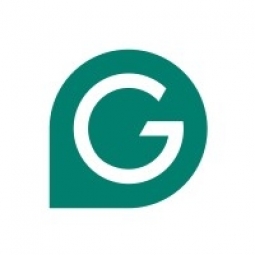Enhancing Customer Experience through Grammarly Business: A Case Study on an Enterprise Software Company

Technology Category
- Functional Applications - Enterprise Resource Planning Systems (ERP)
- Networks & Connectivity - 5G
Applicable Industries
- Education
- Telecommunications
Applicable Functions
- Quality Assurance
Use Cases
- Visual Quality Detection
Services
- Testing & Certification
- Training
About The Customer
The customer is a global enterprise software company with a sizeable customer base of over 1000. The company measures its success partly based on a net promoter score (NPS), which indicates the likelihood of customers recommending their services to others. The company has a diverse team spread across different regions and is committed to providing impactful and efficient customer support. They aim to improve their NPS by developing the soft skills of their team, particularly in the quality of communication to customers in support tickets.
The Challenge
The enterprise software company, with a customer base of over 1000, was facing a challenge in creating impactful and efficient customer support. The company's success was partly measured based on a net promoter score (NPS), which indicates the likelihood of customers recommending their services to others. To improve this metric, the company aimed to develop the soft skills of its team, particularly in the quality of communication to customers in support tickets. Being a global organization, the company needed a solution that could cater to its diverse team and help increase the speed of issue resolution, thereby improving the customer experience. They also wanted a solution that could track and analyze progress.
The Solution
The company implemented Grammarly Business to empower its support team members with real-time communication coaching. The tone detection feature of Grammarly Business was particularly useful in improving soft skills by providing cultural context and helping the team understand how customers would likely perceive their responses. The tool also offered spelling suggestions, which increased clarity and led to faster ticket resolution. The AI-backed tool created a learning environment around the nuances of written communication, providing the support team with the necessary resources and communication support. It also gave the leadership the time and visibility to effectively manage the initiative.
Operational Impact
Quantitative Benefit

Case Study missing?
Start adding your own!
Register with your work email and create a new case study profile for your business.
Related Case Studies.

Case Study
Vodafone Hosted On AWS
Vodafone found that traffic for the applications peak during the four-month period when the international cricket season is at its height in Australia. During the 2011/2012 cricket season, 700,000 consumers downloaded the Cricket Live Australia application. Vodafone needed to be able to meet customer demand, but didn’t want to invest in additional resources that would be underutilized during cricket’s off-season.

Case Study
SKT, Construction of Smart Office Environment
SK T-Tower is the headquarters of SK Telecom. Inside the building, different types of mobile devices, such as laptops, smartphones and tablets, are in use, and with the increase in WLAN traffic and the use of quality multimedia data, the volume of wireless data sees an explosive growth. Users want limitless Internet access in various places in addition to designated areas.










